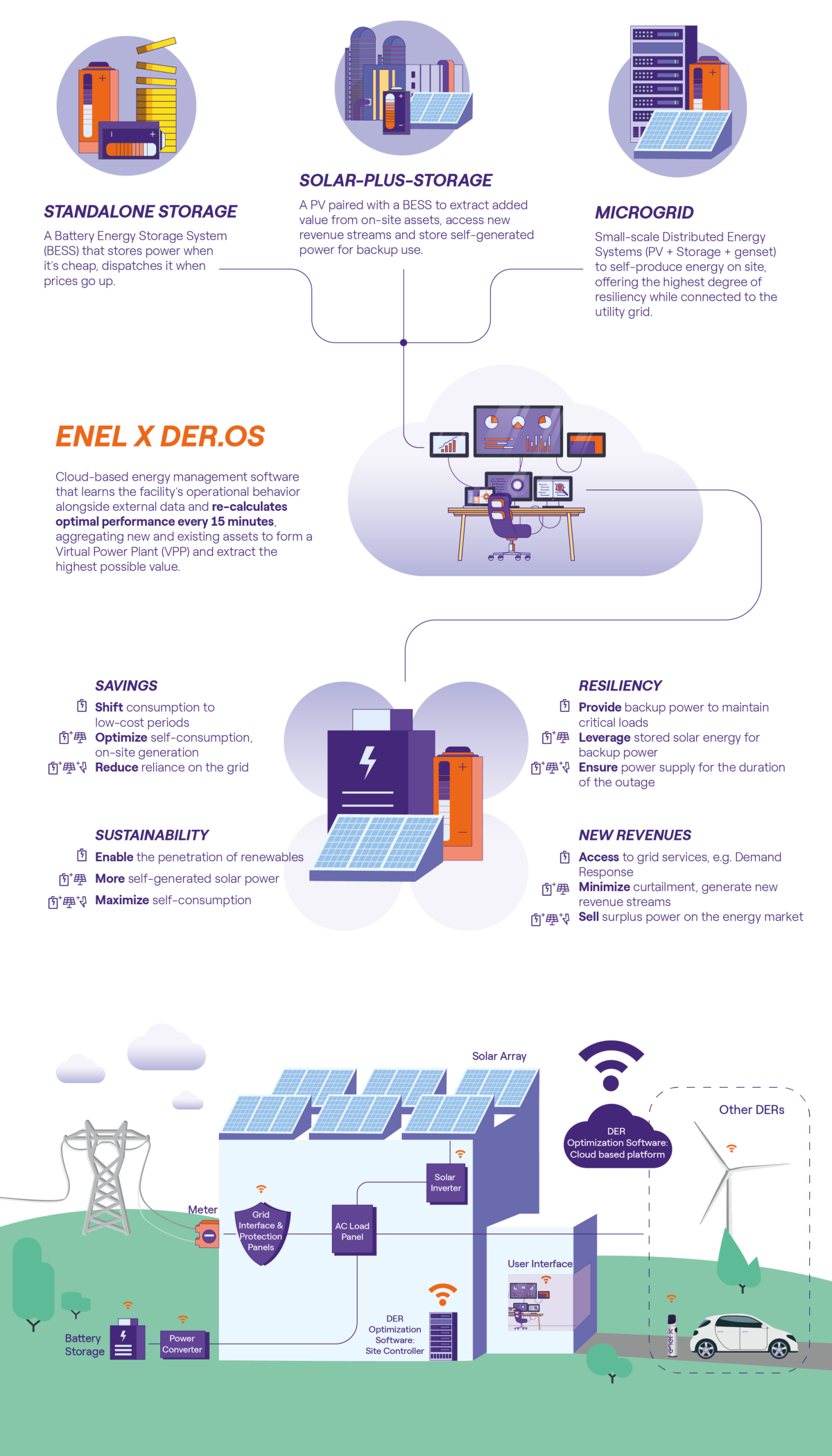
Mar . 02, 2024 10:43 Back to list
Microgrid for everyone
The concept of microgrids has been lauded for their potential in providing reliable power solutions during emergencies, such as power outages or disasters. While diesel generators have traditionally been favored for their simplicity in such situations, renewable microgrids offer a more sustainable alternative with the advantage of free fuel sources like solar and wind. However, setting up renewable microgrids has been considered more complex due to the need for advanced controls, software, and coordination among various assets.
A recently developed approach, titled "Unleashing the Frequency: Multi-Megawatt Demonstration of 100% Renewable Power Systems with Decentralized Communication-less Control Scheme," offers a simplified solution for deploying microgrids without the need for a central controller or extensive communication systems. This innovative approach utilizes the inherent controls of battery, solar, and wind systems to create a decentralized microgrid setup. By eliminating the reliance on complex controllers and communication networks, the scheme allows for the easy assembly of devices into a microgrid, making it accessible even to individuals with basic electrical experience.

One of the key advantages of this communication-less control scheme is its low cost, making it a viable resource for communities looking to establish resilient microgrids in the face of unexpected power outages. Unlike traditional microgrid controllers that can be expensive, the decentralized approach offers a more budget-friendly option that leverages existing controls on renewable energy resources. This accessibility is crucial for vulnerable areas that may struggle to afford conventional microgrid solutions, which can cost an average of $155,000 per megawatt.
In addition to the cost benefits, the communication-less control scheme prioritizes fail-safe startup and simplifies the configuration process by using basic controls that are universally applicable across different energy resources. While advanced controllers may offer greater customization and optimization features, the streamlined approach of the decentralized scheme focuses on reliability and ease of implementation, ideal for quick recoveries in emergency situations.
The operation of the decentralized microgrid system is based on a frequency-based coordination mechanism, where devices self-regulate without the need for data exchange or external commands. This method, known as "droop" controls, relies on system frequency as a common language for devices to coordinate their power generation. As each power source adjusts its output based on the grid frequency, the system achieves a self-stabilizing effect that ensures optimal power distribution without overcharging batteries or underserving loads.
While the concept may seem more intricate compared to traditional diesel generators, the decentralized communication-less control scheme offers a promising step towards establishing fail-safe microgrids powered by renewable energy sources. The method's ability to operate with 100% renewables, scalability, and compatibility with various energy devices positions it as a potential standard for future microgrid designs. As engineers work towards addressing technical challenges in renewable power systems, innovations like the decentralized control scheme pave the way for more efficient and reliable grid operations with minimal reliance on fossil-based resources.
Looking ahead, the frontier of renewable energy systems holds promise for further advancements in grid operations and energy sustainability. Engineers are exploring ways to optimize the integration of renewables, particularly through power electronic devices like inverters that interface renewable energy sources with the grid. By breaking new ground in grid-forming technologies and control strategies, the decentralized communication-less control scheme exemplifies a direction that future energy systems can take in achieving decarbonization and enhancing grid resilience.
In conclusion, the development of a communication-less control scheme for renewable microgrids offers a cost-effective and user-friendly solution for communities seeking reliable power sources during emergencies. By leveraging the inherent controls of renewable energy resources and prioritizing fail-safe operation, the scheme streamlines the setup process and enhances the scalability of microgrid systems. As advancements in renewable energy technologies continue to drive the evolution of power systems, innovations like the decentralized control scheme play a vital role in ushering in a sustainable and resilient energy future.
-
Stackable Battery System: Revolutionizing C&I Energy Storage with Suzhou ACDC
NewsJul.21,2025
-
Revolutionizing EV Charging with Suzhou DC Quick Charging Stations Solutions
NewsJul.21,2025
-
Revolutionize Your Power Needs with Suzhou ACDC's Portable Power Station Solutions
NewsJul.21,2025
-
Outdoor Integrated Temperature Control Cabinet: Elevating Energy Storage Cabinet Efficiency
NewsJul.21,2025
-
Container Type Energy Storage System: Revolutionizing Energy Storage with Stackable Battery Solutions
NewsJul.21,2025
-
Advanced Self-Cooling Energy Storage Cabinet Solutions
NewsJul.21,2025























